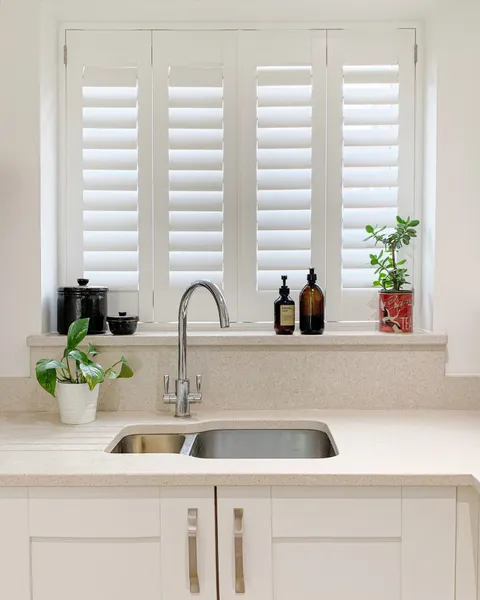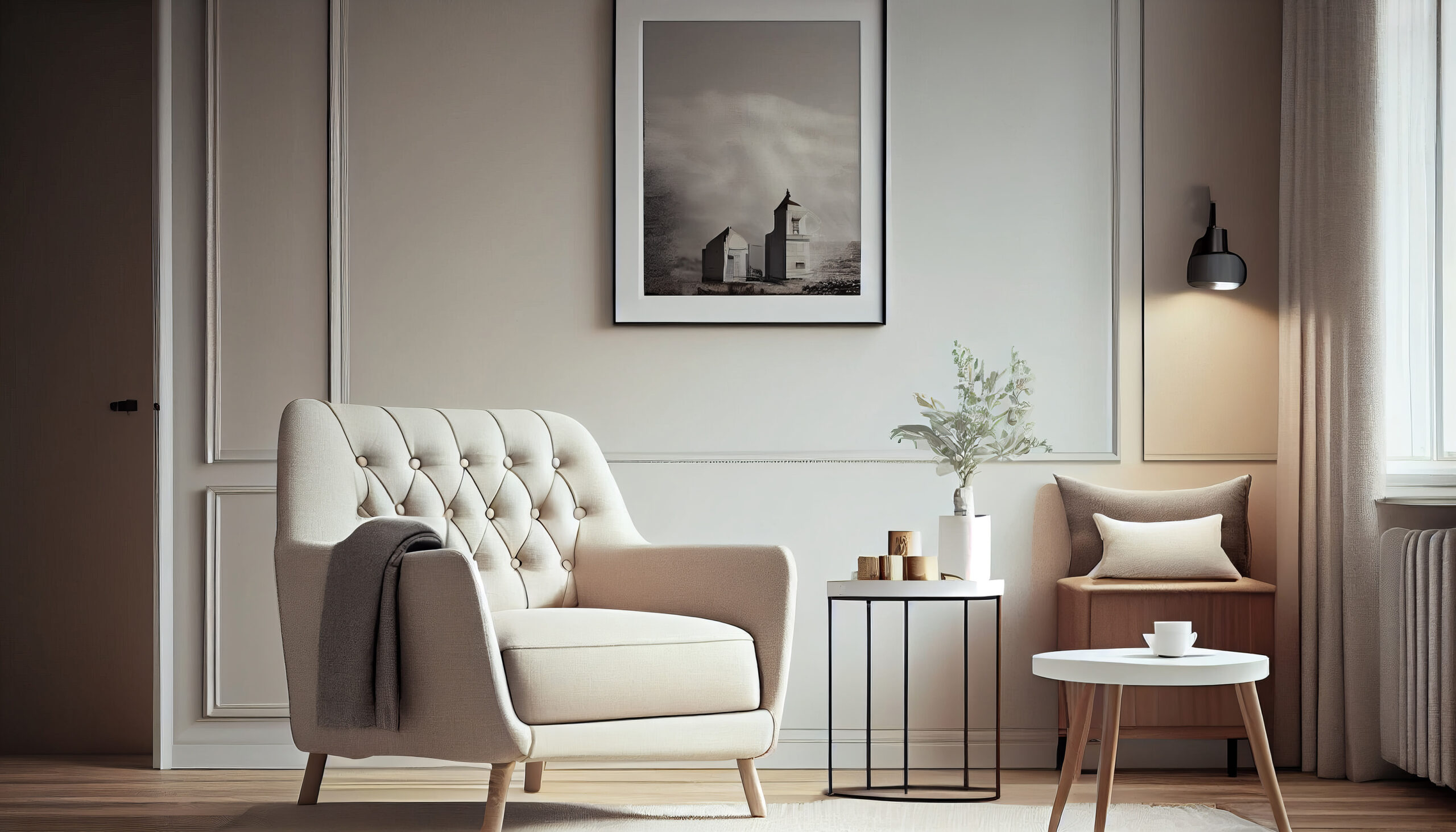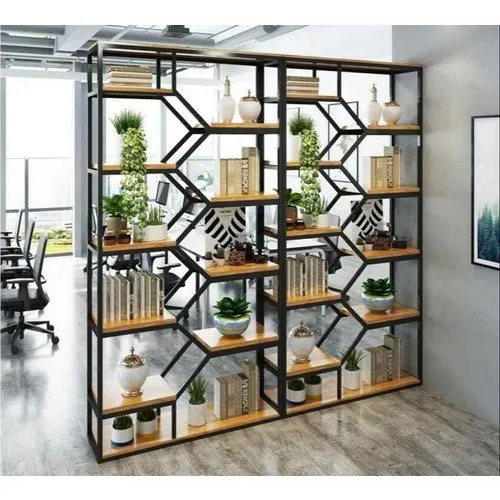Shutters have long been a staple in interior design, adding a touch of elegance, functionality, and charm to any space. From their humble origins to their modern-day adaptations, shutters have evolved into a versatile window treatment option that offers both aesthetic appeal and practical benefits. In this article, we delve into the history of shutters, explore the distinction between style and type, provide examples of both, and offer maintenance dos and don’ts to ensure your shutters remain in pristine condition.
A Brief History of Shutters
Shutters have a rich history dating back centuries, with their origins rooted in practicality rather than aesthetics. Initially crafted from wood, shutters served as a means of protection from the elements, offering ventilation and light control while safeguarding homes against inclement weather and intruders. Over time, shutters evolved from simple functional elements to decorative features, becoming synonymous with classic architectural styles and refined interiors.
Style and Type of Shutters
Understanding the difference between style and type is essential when considering shutters for your space. The style refers to the overall design aesthetic, while the type pertains to the specific construction and operation of the shutters.
Styles of Shutters

Traditional Plantation Shutters: Characterized by wide louvers and a timeless appeal, plantation shutters evoke a sense of Southern charm and sophistication.

Contemporary Panel Shutters: Featuring sleek, clean lines and minimalistic design, panel shutters complement modern interiors with their understated elegance.

Cottage-style Board and Batten Shutters: Rustic and quaint, board and batten shutters add a touch of countryside charm to any home, reminiscent of cosy cottages and farmhouse aesthetics.

Victorian Tier-on-Tier Shutters: Reflecting the opulence of the Victorian era, tier-on-tier shutters boast intricate detailing and multiple panels, offering versatility in light control and privacy.

Mediterranean Café-style Shutters: Inspired by European cafes and coastal retreats, café-style shutters cover the lower portion of windows, allowing ample natural light while maintaining privacy.

Craftsman Style Shutters: Characterized by sturdy construction and geometric patterns, craftsman style shutters complement arts and crafts architecture with their emphasis on craftsmanship and simplicity.

Colonial Raised Panel Shutters: With their raised panels and symmetrical design, colonial shutters pay homage to early American architecture, adding a touch of historical charm to modern homes.

French Country Louvered Shutters: Exuding rustic elegance, French country shutters feature louvered panels and distressed finishes, capturing the essence of Provencal countryside living.

Art Deco Shutter Screens: Channelling the glamour of the Art Deco era, shutter screens combine geometric shapes and luxurious materials to create striking visual appeal.

Asian-inspired Shoji Screens: Infused with Zen aesthetics, Shoji screens feature delicate rice paper panels framed by wooden lattice, diffusing light and creating a serene ambiance.
Types of Shutters

Full Height Shutters: Covering the entire height of the window, full-height shutters provide maximum privacy and light control.

Solid Panel Shutters: Constructed with solid panels without louvers, solid panel shutters offer complete light blockage and enhanced insulation.

Bi-fold Shutters: Designed to fold accordion-style, bi-fold shutters are ideal for wide window expanses, offering unobstructed views when fully opened.

Sliding Shutters: Operating on a track system, sliding shutters slide horizontally to open and close, making them suitable for patio doors and large windows.

Louvered Shutters: Feature adjustable slats or louvers, louvered shutters allow for precise control over light and ventilation.

Arched Shutters: Customized to fit arched windows, arched shutters enhance the architectural beauty of curved openings while providing functionality.

Fixed Panel Shutters: Stationary panels that do not open or close, fixed panel shutters serve purely decorative purposes, adding visual interest to windows.
Exterior Shutters: Installed on the outside of windows, exterior shutters protect against the elements and add curb appeal to homes, available in various styles and materials.
Maintenance Dos and Don’ts
Dos:
- Regularly dust shutters with a soft cloth or feather duster to remove dirt and debris.
- Clean shutters with a mild detergent and water solution using a soft brush or sponge, then wipe dry to prevent water damage.
- Inspect hinges and hardware periodically for loose screws or signs of wear, tightening or replacing them as needed.
- Apply a protective sealant or finish to wooden shutters to prevent warping, cracking, or fading.
- Follow manufacturer’s instructions for specific maintenance guidelines, especially for motorized or specialty shutters.
Don’ts:
- Avoid using abrasive cleaners or harsh chemicals, as they can damage the finish or surface of shutters.
- Refrain from using excessive force when opening or closing shutters, as it may cause damage to the hinges or frames.
- Do not expose wooden shutters to excessive moisture or humidity, as it can lead to mould growth or warping.
- Avoid placing heavy objects on top of shutters, as it can cause them to bend or break.
- Do not neglect regular maintenance, as it can lead to deterioration and costly repairs over time.
shutters are a timeless window treatment option that adds both aesthetic appeal and practical functionality to any space. Whether you prefer traditional plantation shutters or contemporary panel designs, understanding the various styles and types available can help you choose the perfect option for your home. By following proper maintenance practices, you can ensure that your shutters remain in top condition for years to come, enhancing the beauty and comfort of your living environment.




